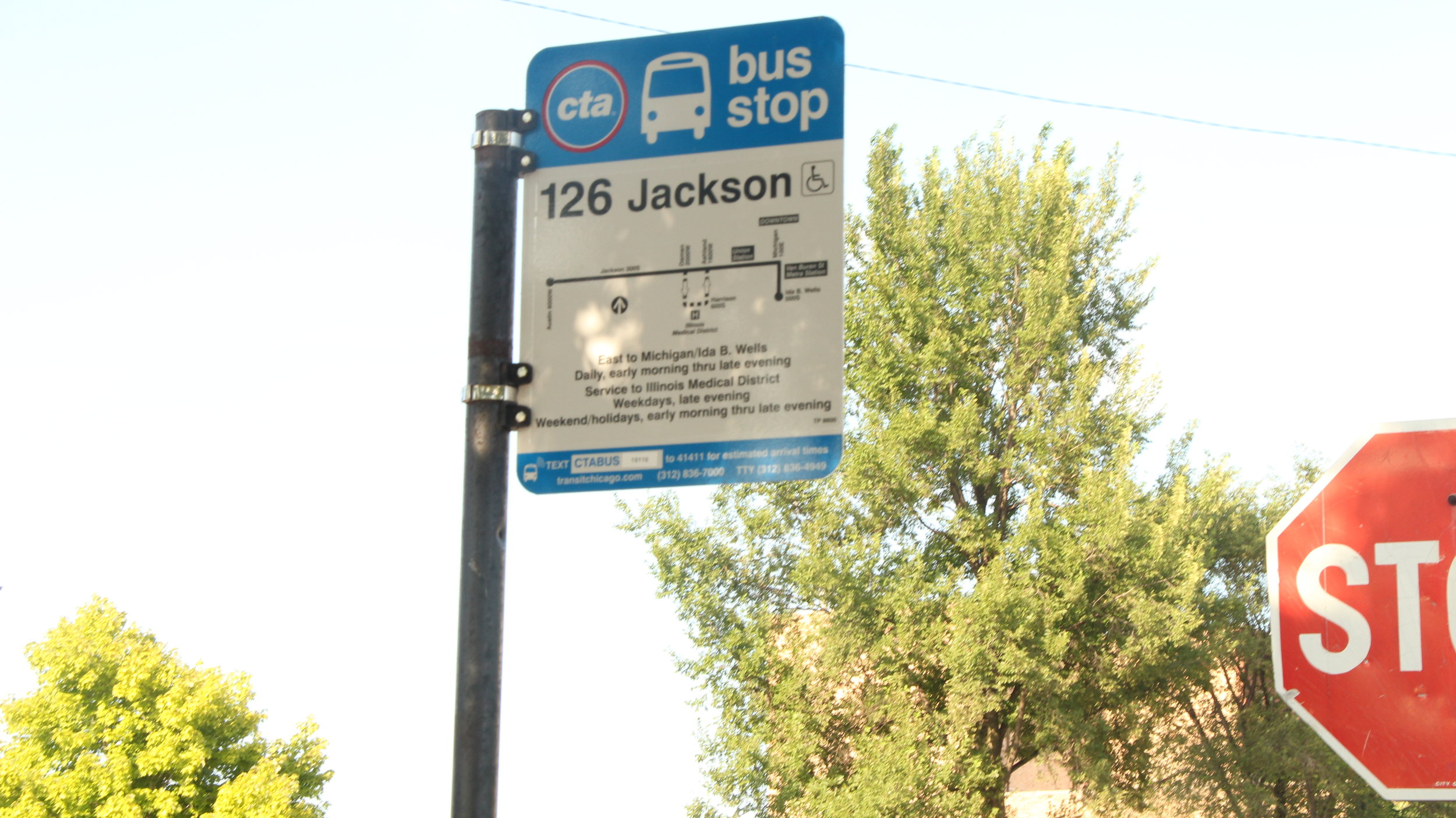Public Transport, Private Treatment: Is the CTA Different Around the City?
| By Kayla Jones, Arts & Culture Reporter, The Real Chi | |
|---|---|
The CTA plays a large part in the lives of many Chicagoans. With over 1.6 million bus and train trips said to be taken on the average weekday, it's clear that the public transportation system is functioning well despite recent competition from ridesharing apps like Lyft and Uber. But just how well is CTA serving its West side customers?
The answers may vary. Some, like downtown commuter Adrian Jackson, aren’t completely unsatisfied as others. In a quick interview on the way back from his work, he stated that “It’s not perfect but it’s doable.”
“Since downtown is right there taking the bus makes way more sense. There’s no sense in having to pay for parking in a lot or on the street, so you really need to have some sort of ride to drop you off,” Jackson said.
Jackson’s point on the parking rates is not without reason. Rates for parking meters in the Loop area can cost $6.50 an hour in comparison to the $2.00 an hour at meters available in neighborhoods and other areas outside downtown. These rates are said to be the highest parking meter rates in the country. Therefore, it’s no wonder many people have come to rely heavily on services like the CTA to avoid breaking the bank.
While a fan of the functionality and pricing of the CTA, Jackson still had some critiques about the state of the West side stops.
“A lot of ‘em don’t have a bench or the shelter on top of it. Some of them are just the stop in some grass,” he said.
Jackson went on to express his worry for other passengers who have to wait at these empty stops, “I don’t mind standing but I feel like it’s very unfair to older people who have trouble walking. They should have a place to sit while they wait.”
An empty bus stop on the West Side of Chicago. Photo by Kayla Jones
An empty bus stop shelter in downtown Chicago. Photo by Kayla Jones
The picture (above) of West Side bus stops is quite different from that of a lot of the bus stops downtown. Many have an overhead shelter and bench present next to the stop. As well, a lot of stops feature an automated bus tracker showing exactly how many minutes away the bus is. Riders at stops without that feature can still use CTA’s online bus tracker. However, the program is often not as accurate as it could be, giving approximates times with large gaps.
“I was taking the bus the other day and it (the bus tracker app) said it was coming anywhere between 12 minutes and 30 minutes,” rider Christina West shared in an interview at a bus stop. “That’s ridiculous. It was at night. You can’t have that sort of uncertainty at night with people getting robbed and all kinds of stuff happening over here. You just trying to get home and you have to be worried about whether your bus is gonna come before something happens”.
An automated bus tracker above a downtown CTA bus shelter. Photo by Kayla Jones
West is no stranger to the CTA’s shaky timeframes. She rides the bus and the train daily and makes sure to adjust accordingly, “I usually leave out 20 or so minutes before I need to because I never know with the CTA. In the winter it’s usually like 30 minutes because they’re always slow or breaking down.”
When asked whether she felt there was a difference between the CTA on the West Side and downtown, West agreed that there was stating “Whenever I go downtown it just feels different.”
“The stops feel safer because a lot of them are around public places,” she added. “They got the tracker built into it so you get a good idea of when stuff’s coming. It’s just different.”
Other riders, like student Jacob Moore, shared West’s point-of-view. “It can be kinda crazy how different it is. The buses down there are cleaner, the AC’s always working. Even if it’s crowded it can just feel better than the ones they send over here,” he said.
There are efforts being made to improve the state of CTA on the West Side. Four South and West Side Green line stops were renovated in January, 2019 with improvements to the stairs, lighting, and more. As well, Block Club Chicago reports there is an upcoming $60 million Damen Green Line station set to open in 2021. However, these developments are focusing heavily on the train system alone; leaving behind the buses and bus stops which are just as important.
Will these developments help close the gap between the CTA on the West Side and downtown? Only time will tell. Until the plans for the CTA come true, the view and voice of the people who use the public transport service will continue to be crucial.




